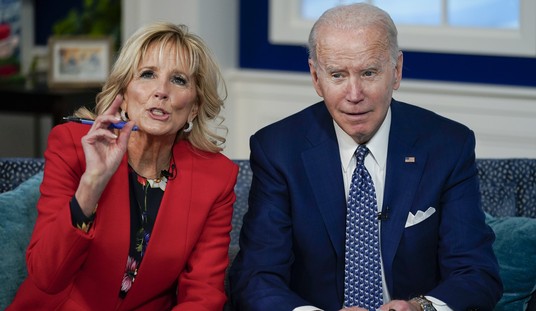Homeowners vote red. Renters vote blue.
Will President Donald Trump's 50-year mortgage make a red voter out of you?
That is what the president hoped on Saturday, when he posted the idea of stretching out the customary 30-year repayment terms for home mortgages to 50 years.
Turns out, that idea is smoke and mirrors. But at least Trump is recognizing that home affordability is a real crisis, not fake news.
"Affordability" is the campaign pledge that produced big wins on election day, and most of the winners were Democrats.
Affording a home is increasingly out of reach. The median age of the first-time homebuyer just hit 40 years old, according to the National Association of Realtors. Many women are worried about hitting the brick wall of no longer being able to bear children, and they still can't afford a starter home.
In 1991, the median age of someone buying their first home was 28, but in the last few years, it's become the impossible dream for people even in their 30s. The implications are huge, not only for starting a family but also for voting.
Renters favor Democrats by almost two to one, according to data from the American National Election Studies. Homeowners are twice as likely as renters to identify as "strongly Republican," reports Aziz Sunderji, an economist who analyzed several decades of this data.
Starting in the 1970s, renters were slightly more inclined to vote Democratic than Republican, but in the last 20 years, they have swung sharply leftward.
Making homeownership possible is not only good policy. For Republicans, it's smart politics.
Recommended
In New York City, people in their 30s who are earning good money -- as much as $120,00 or more, according to economics reporter John Carney -- cannot make the leap to homeownership. In the mayoral election, strong support for democratic socialist mayor-elect Zohran Mamdani came from Brooklyn neighborhoods inhabited by "downwardly mobile professionals" who are settling for cramped rental apartments and roommates. They have "no hope of buying a home," Carney reports.
Scalded by the election results across the nation last week, Trump floated the idea of a 50-year mortgage on Truth Social, with side-by-side pictures of himself and Franklin Delano Roosevelt, who devised the 30-year mortgage after the Depression to relieve homeowners.
The 50-year mortgage is a nonstarter because it's prohibited by Dodd-Frank, among other reasons. But there are realistic steps to help first-time buyers get into the market.
Lowering mortgage rates will help. Many current homeowners, especially the elderly, who would like to downsize, are locked into their current homes because they're financed at low rates. If they sell and buy a new property, they'll be stuck with higher interest rates. So they're waiting, keeping urgently needed inventory off the market.
Trump has been all over Federal Reserve Chairman Jerome Powell to lower interest rates. He's already done so twice, in September and October, and some predict another hike in December.
But long-term, this is a problem of supply and demand. To increase the supply of new homes for sale, builders need to feel confident buyers will be able to pay the price. At the end of October, builder confidence was 37 out of 100, according to the National Association of Home Builders. What will boost their confidence? Job growth and consumer confidence.
With the government shutdown ending, job market data will soon be available again. Builders will be watching.
Meanwhile, politicians will have their eyes on the polls. Behind the poll numbers is widespread discontent that the American dream of homeownership is far out of reach. Republicans hoping to make gains in next year's midterm elections better pay attention.
Meanwhile, Democrats know where their votes are: renters. In many states, Democrats are pushing towns with mostly single-family housing to build apartment buildings, including units to be rented to low-income families. Trump identifies this as the Democrats' "war on the suburbs."
In Connecticut, leftists aligned with Democratic Gov. Ned Lamont are ramming through a bill this week that mandates how much affordable rental housing every region of the state will build. Forcing small Connecticut towns like Easton or Wilton to build apartment buildings and accommodate a large influx of renters will push up property taxes, as the towns have to build sewer lines, bus lines, and more schools. The higher property taxes go, the further out of reach buying a single-family home is, especially to first-time homebuyers.
But Democrats are turning a deaf ear to these objections. They know the fundamental truth. The more renters move into a red town, the more likely that town is to flip blue.
Betsy McCaughey is a former Lt. Governor of New York State and Chairman & Founder of the Committee to Reduce Infection Deaths at www.hospitalinfection.org. Follow her on Twitter @Betsy_McCaughey. To find out more about Betsy McCaughey and read features by other Creators Syndicate writers and cartoonists, visit the Creators Syndicate website at www.creators.com.
Editor’s Note: After more than 40 days of screwing Americans, a few Dems have finally caved. The Schumer Shutdown was never about principle—just inflicting pain for political points.
Help us report the truth about the Schumer Shutdown. Use promo code POTUS47 to get 74% off your VIP membership.


















Join the conversation as a VIP Member